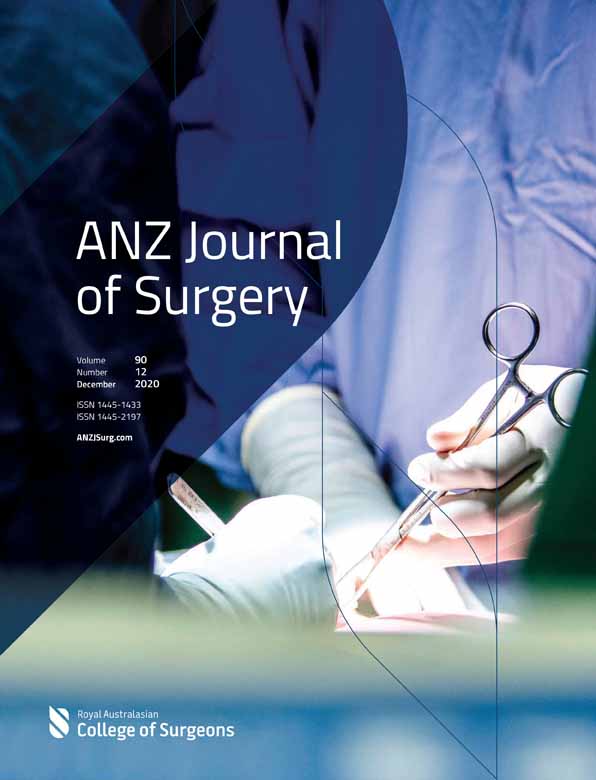Clinical features and outcomes of endovascular treatment of latent pseudoaneurysmal bleeding after pancreaticoduodenectomy
Abstract
Background
The endovascular treatment is the first-line therapy for late massive arterial haemorrhage after pancreaticoduodenectomy (PD). This study aimed to evaluate the clinical features and outcomes of patients who experienced pseudoaneurysm (PA) bleeding after PD and treated with transcatheter arterial embolization (TAE) and stent-graft placement (SGP).
Methods
A total of 37 patients (TAE = 16, stent graft = 16, both = 5) had an endovascular treatment due to hepatic artery PA bleeding after PD at our institution from January 2008 to December 2018.
Results
There were 35 men and two women with a mean age of 62 years (range 45–82 years). The latency of bleeding ranged from postoperative days 3 to 46 (median day 21). The most common site of bleeding was gastroduodenal artery stump (n = 22). In TAE group (n = 16), the technical success rate was 100% and the clinical success rate was 87.5%. In SGP group (n = 16), the technical and clinical success rates were 100% and 93.8%. Five patients underwent SGP and TAE simultaneously; TAE was performed to prevent endoleak. A total of three patients experienced hepatic ischaemia (TAE = 2, SGP = 1). However, there was no statistically significant difference of hepatic ischaemia occurrence between the two groups P = 0.55).
Conclusions
In patients with suspected PA, urgent angiography should be considered immediately for diagnosis and treatment. The SGP can be performed first if it is technically feasible. However, TAE is also a safe and effective treatment in patients with intact portal flow, as well as those with preserved collateral pathways after hepatobiliary surgery.
Conflicts of interest
None declared.




